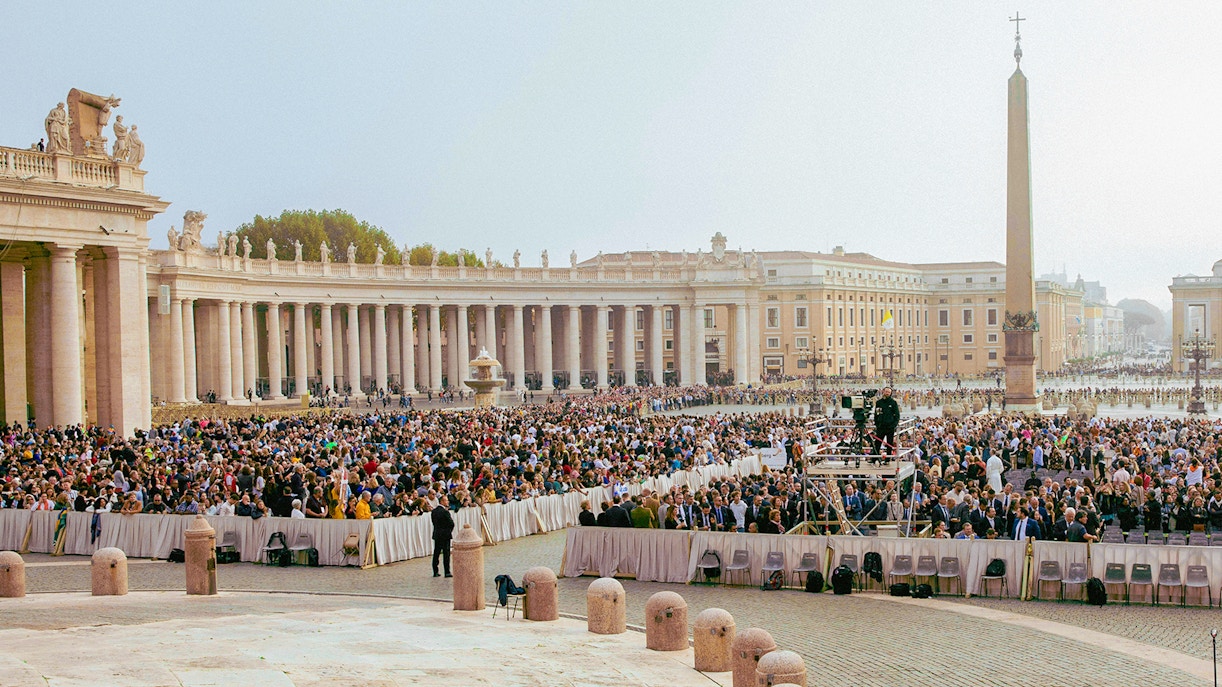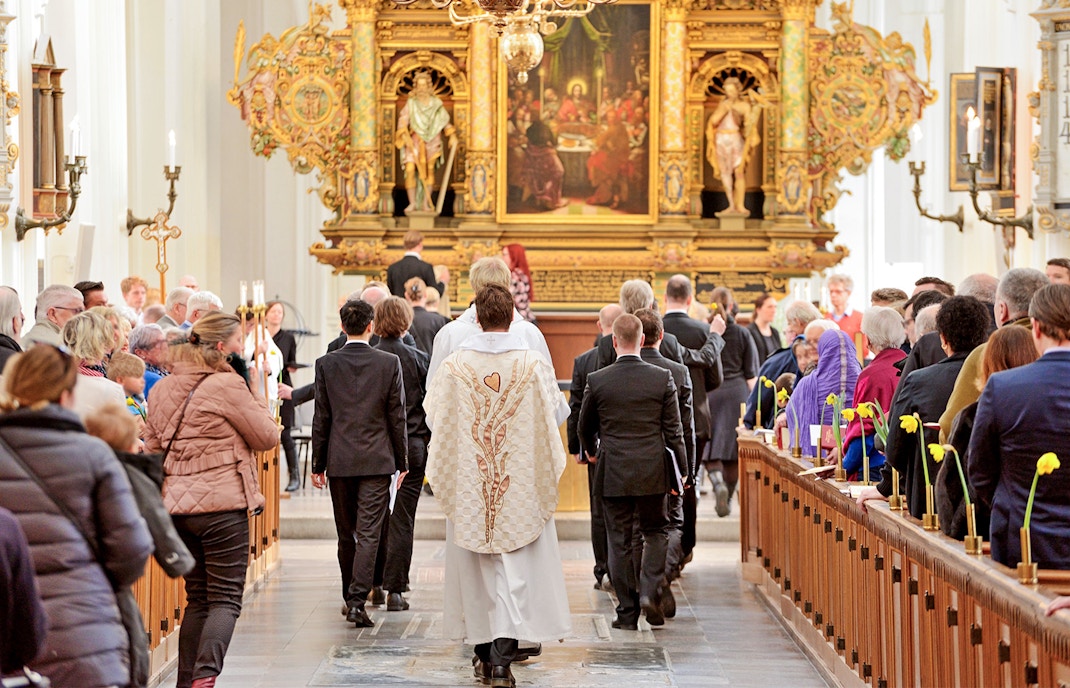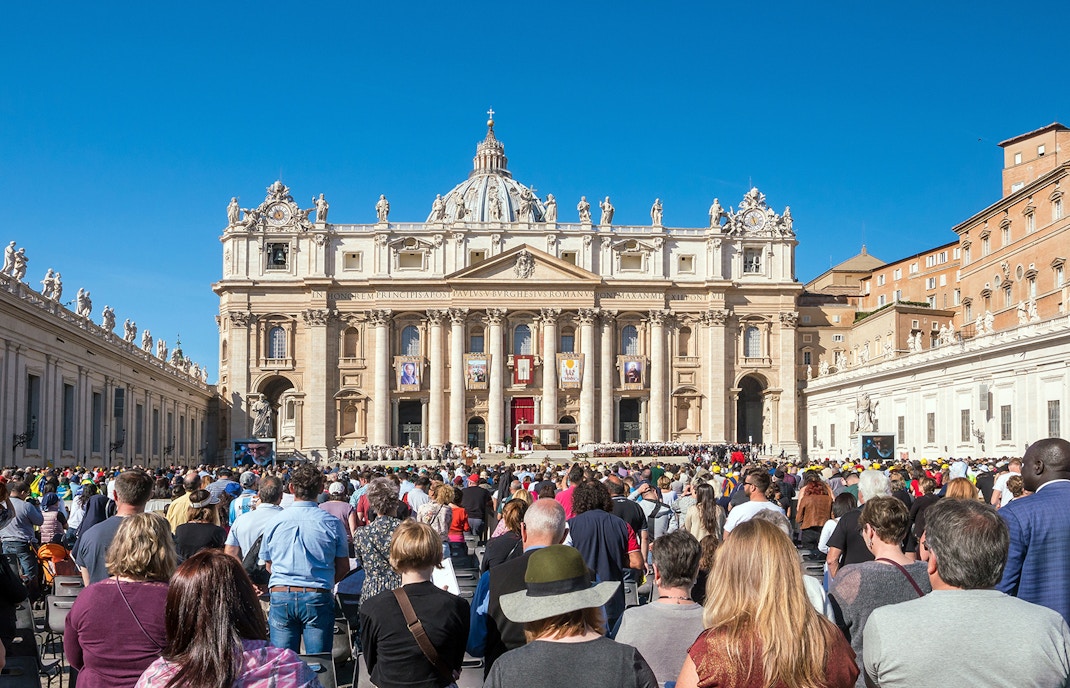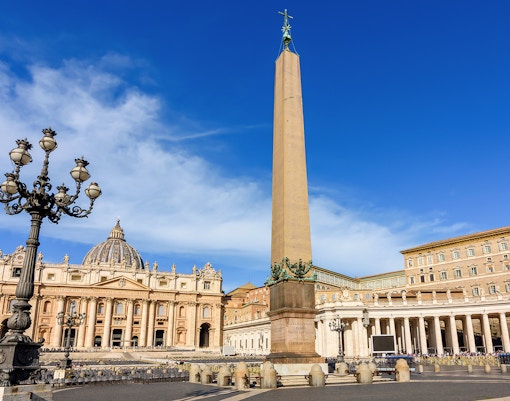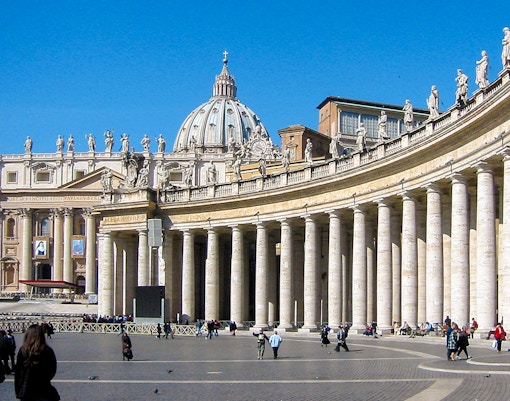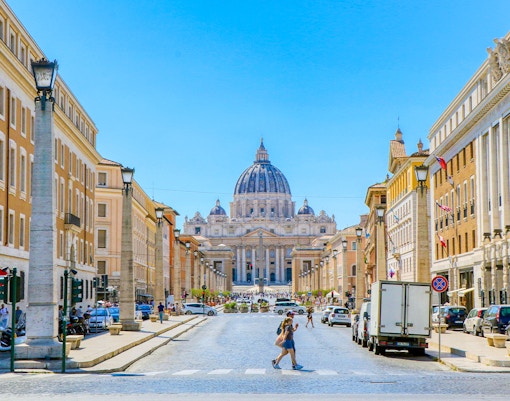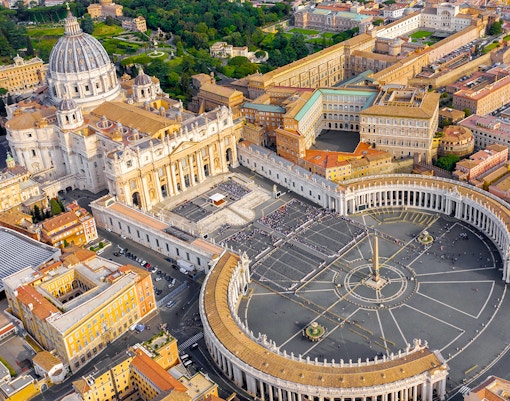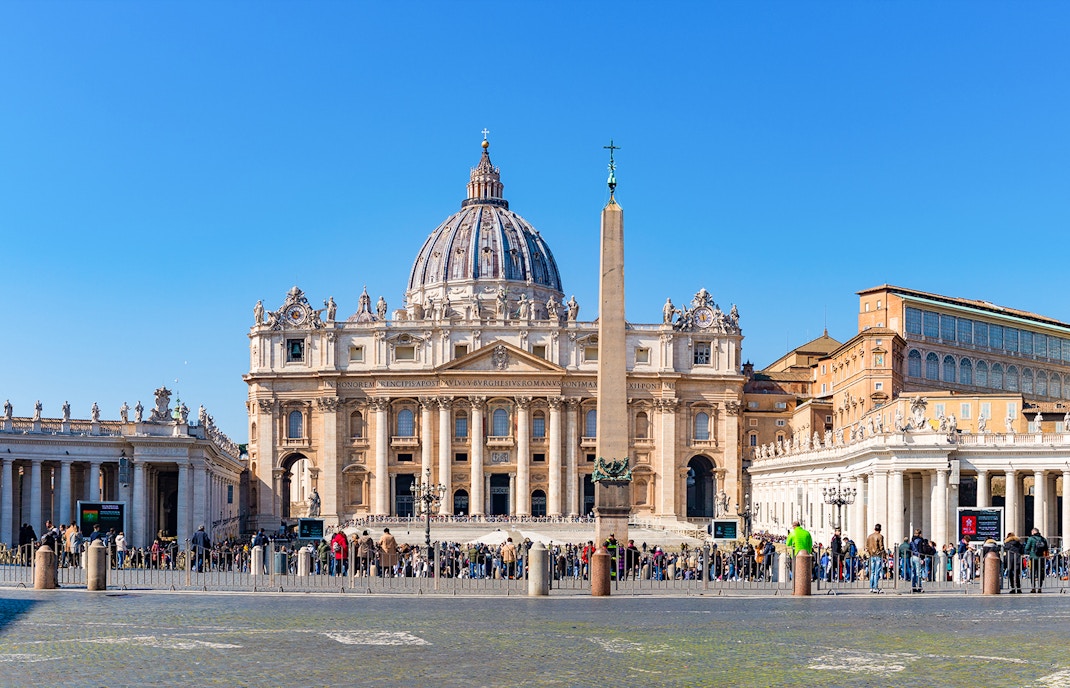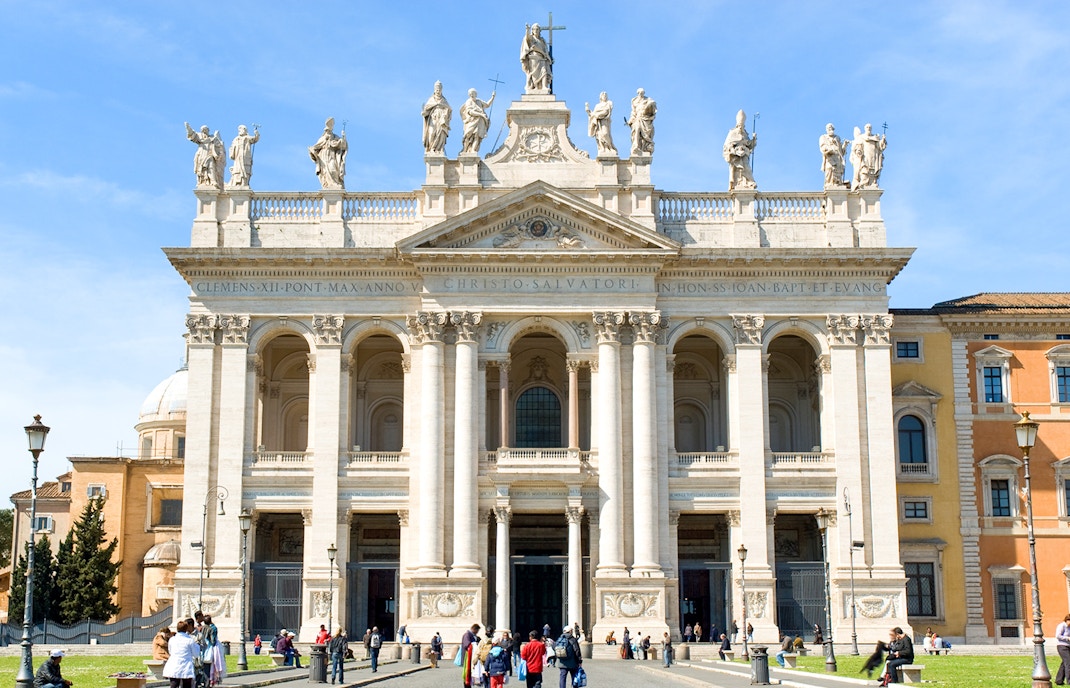- Secrecy is absolute: No communication is allowed with anyone outside the Chapel. The cardinals even take an oath of secrecy before the first ballot.
- Votes are cast by paper ballot: Each cardinal writes the name of his choice and places it on a specially designed altar.
- Four rounds of voting occur each day: Two in the morning and two in the afternoon.
- A two-thirds majority is required to elect the new pope.
After each voting session, the ballots are burned:
- Black smoke (fumata nera) indicates no decision has been reached.
- White smoke (fumata bianca) signals the election of a new pope.
The moment the smoke turns white, the world watches as history unfolds. The process can last from a day to several weeks.
